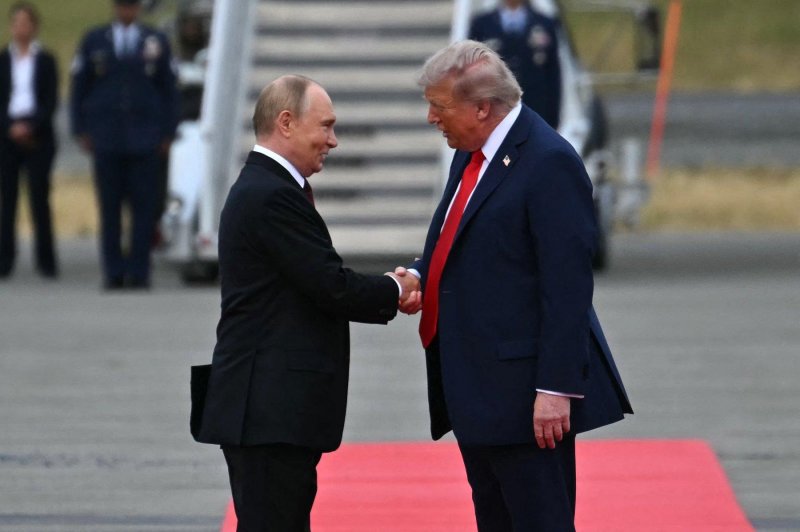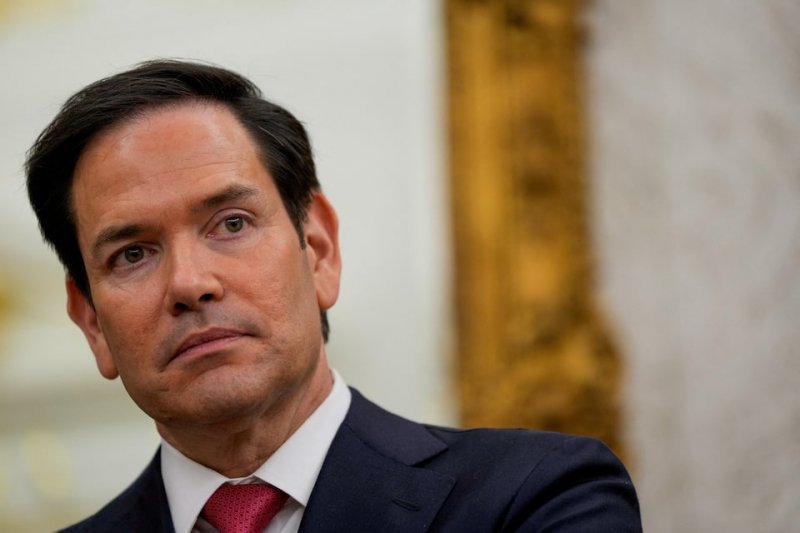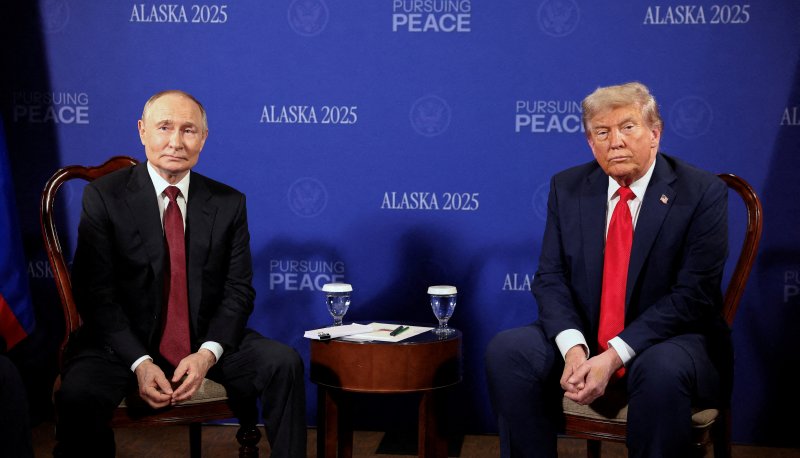Editor’s note: Moses Becker is a special commentator on political issues for News.Az, a PhD in political science and an expert on interethnic and interreligious relations. The article expresses the personal opinion of the author and may not coincide with the view of News.Az.
The recent summit in Anchorage between the presidents of the United States and Russia, billed as a turning point for the Ukrainian conflict, has already begun to reshape the political balance on both sides of the Atlantic. Only days later, on August 18, 2025, President Volodymyr Zelensky arrived in Washington, accompanied not just by his aides but by a full “support group” of Europe’s most prominent leaders. Gathered around the table in the White House were NATO Secretary General Mark Rutte, European Commission President Ursula von der Leyen, UK Prime Minister Keir Starmer, French President Emmanuel Macron, German Chancellor Friedrich Merz, Italian Prime Minister Giorgia Meloni, and Finnish Prime Minister Alexander Stubb.

U.S. President Donald Trump (R) greets Russian President Vladimir Putin on the tarmac after they arrived at Joint Base Elmendorf-Richardson in Anchorage, Alaska, on August 15, 2025. Getty Images
The symbolism of this gathering could hardly be overstated: Europe’s top political figures chose to fly to Washington, not Brussels, to discuss Ukraine’s future. That in itself made clear who holds the initiative in today’s alliance. NATO, on paper, remains a collective enterprise — but in practice, the United States is the anchor. The figures tell the story: Washington covers 66.8 percent of NATO’s defense budget. Germany accounts for 6.8 percent, Britain 6.7 percent, France just 4.9 percent. Without America’s military and financial muscle, Europe stands exposed — geographically, demographically, and strategically, weakened further by migration crises it cannot control.
Donald Trump did not let his guests forget this imbalance. He bluntly stated that Ukraine would never join NATO and that American troops would not set foot on Ukrainian soil. For Kyiv, it was a sobering reminder of limits. For Europe, it was confirmation that the alliance’s direction is not determined in Brussels, London, or Paris — but in Washington.
Yet Trump also used the occasion to signal both leverage and ambiguity. He floated the possibility of new sanctions and tariffs against Russia, prompting journalists to press him for clarity on what exactly the United States intended. He refused to be pinned down, instead insisting he was “still considering” his next moves. Characteristically, Trump left himself maximum room to maneuver.
European leaders, meanwhile, publicly endorsed his approach. They echoed the idea that negotiations were the only viable path forward and, crucially, stressed that any territorial concessions must be decided by Kyiv itself. In diplomatic language, this was a quiet retreat from earlier rhetoric of “unconditional support” for Ukraine. In practice, it meant that Europe had accepted that its decisions would follow Washington’s line.
This shift was confirmed by leaks to The Wall Street Journal and Politico. According to the WSJ, NATO Secretary General Rutte warned Trump that Moscow’s offer — a ceasefire in exchange for Ukraine’s withdrawal from Donbas — was a ploy that could open the way for Russian forces to advance on Kyiv. European capitals were alarmed. Yet according to Politico, Trump took a position closer to Moscow’s, pressing for an end to hostilities without a formal ceasefire. Faced with this reality, Zelensky reluctantly signaled that Ukraine would not insist on a truce as a precondition for further talks.
The White House itself drove the point home by releasing photos of Trump and Zelensky hunched over a giant map of Ukraine. The shaded areas clearly showed the eastern territories annexed by Russia after its referendums. Zelensky even joked that he wanted to take the map home with him. Later, British outlets revealed that the Ukrainian delegation itself had brought the map into the Oval Office — a striking symbol of how the conflict has been reduced to territorial realities, not abstract principles.
Then came the most dramatic moment. In the middle of talks with European leaders, Trump phoned Vladimir Putin and spoke with him for 40 minutes. According to Zelensky, Moscow requested a bilateral meeting between Russian and Ukrainian leaders first, followed by a trilateral session including Trump. The Kremlin described the call as “candid and constructive” and publicly thanked Trump for what it called progress achieved at the Anchorage summit.
In Washington, U.S. Secretary of State Marco Rubio offered the most blunt assessment. Neither Russia nor Ukraine, he said, would get “100 percent” of their demands. Both sides would have to make concessions, and territorial questions would be unavoidable. There would be no “unconditional capitulation.” The demarcation lines, Rubio stressed, must ultimately be drawn by Moscow and Kyiv themselves, with Washington refusing to impose a fixed solution.

Taken together, these developments show a familiar pattern: NATO’s center of gravity is tilting further toward Washington. Europe may complain, advise, or posture, but the strategic decisions are being taken in the Oval Office. For Trump, this is not a flaw but the essence of his approach. He has little interest in restoring globalization in its old form. Instead, he places national interests at the core of his politics, cultivating ties with leaders who share his instincts.
This explains why Giorgia Meloni in Rome and Viktor Orbán in Budapest resonate with him far more than Macron or von der Leyen. Trump has openly called Orbán “the most sensible leader” in Europe — and their closeness was underlined again on August 22, when Trump responded to Orbán’s complaints over Ukrainian strikes on the Druzhba pipeline. This pipeline remains essential for delivering Russian hydrocarbons to Hungary and Slovakia. Trump’s message of solidarity, published by Hungarian adviser Balázs Orbán, was signed simply “Donald,” topped with his famous signature. It was not just a note of support — it was a declaration of political kinship.
From Anchorage to Washington, the arc is clear: Trump is repositioning NATO around himself, not around the ideals of collective security once cherished in Europe. For Ukraine, that means its survival will depend less on European declarations and more on the transactional logic of a U.S. president who sees himself above all as a dealmaker. For Europe, it means accepting dependency — however uncomfortable that truth may be.
And for Trump, it is proof once again that the world does not move without him.
(If you possess specialized knowledge and wish to contribute, please reach out to us at opinions@news.az).
